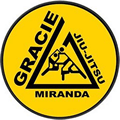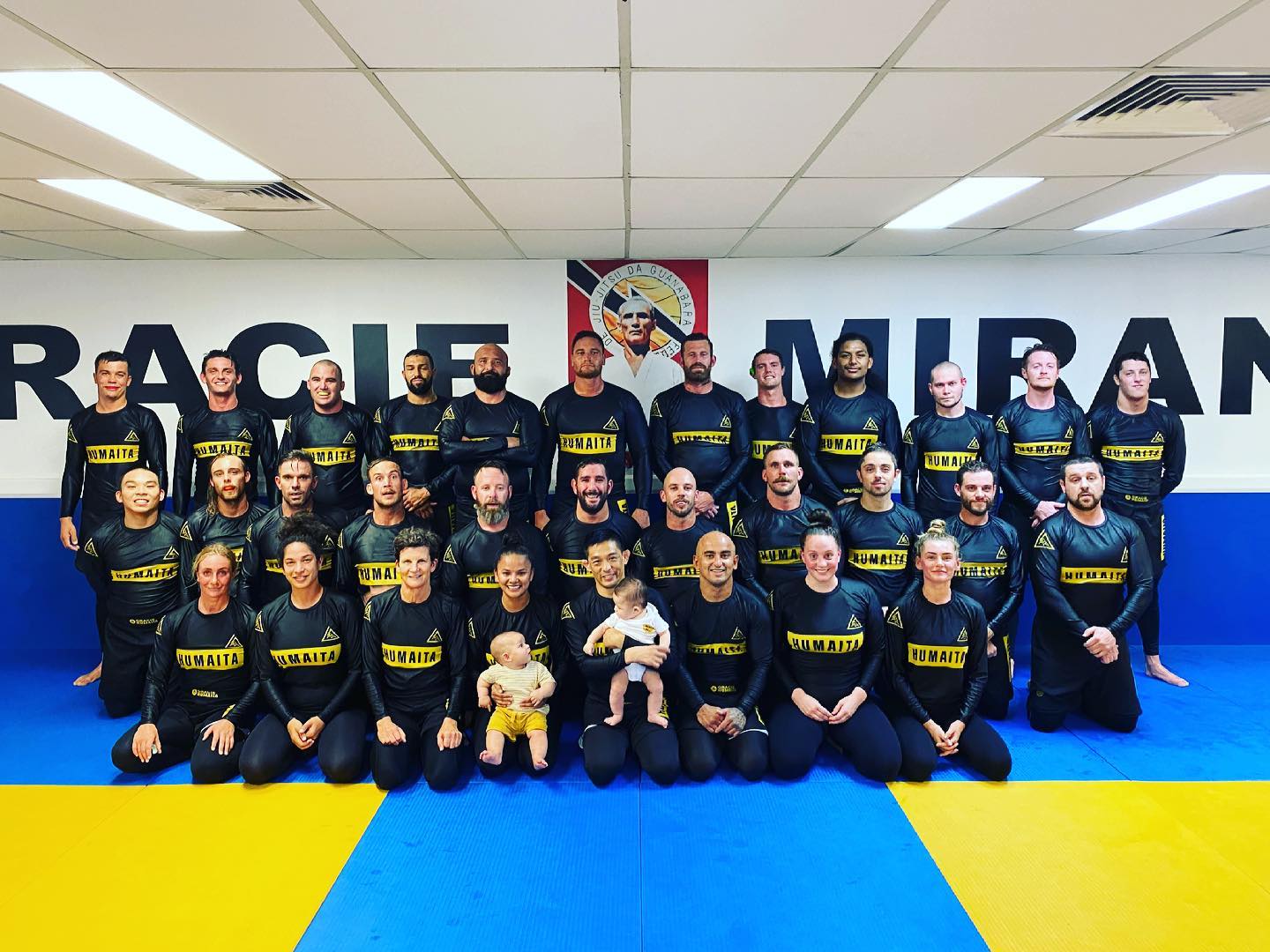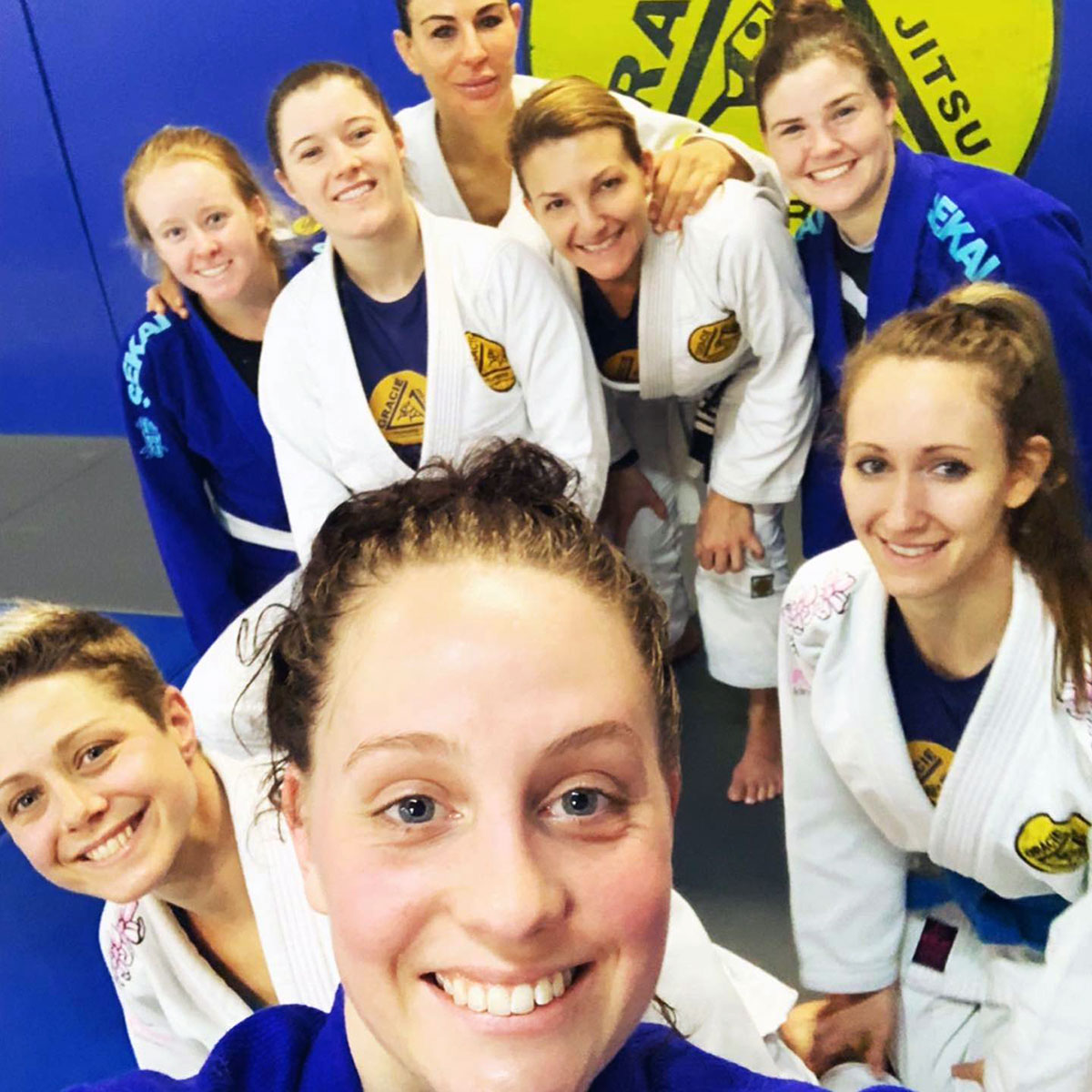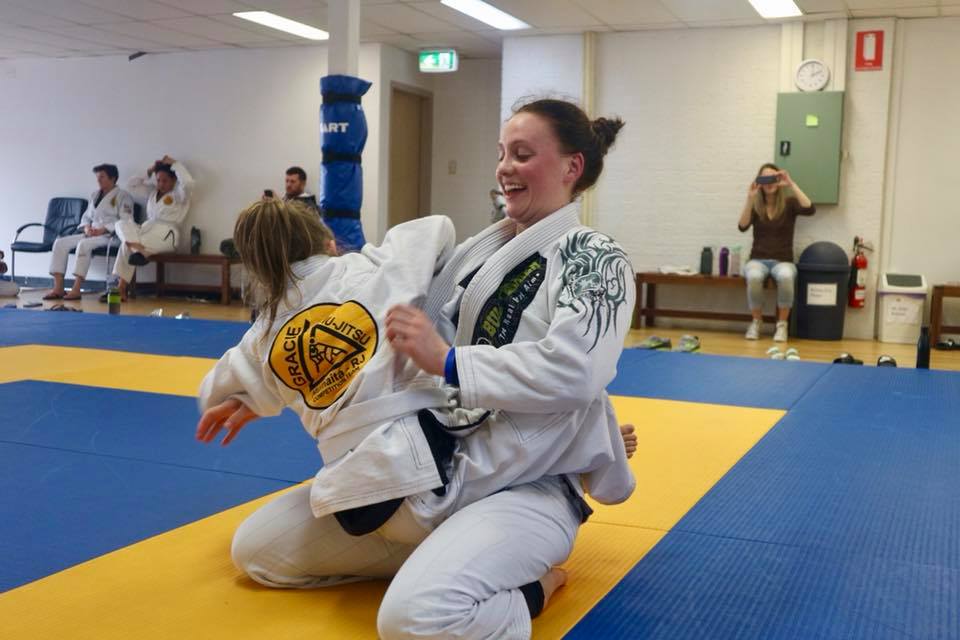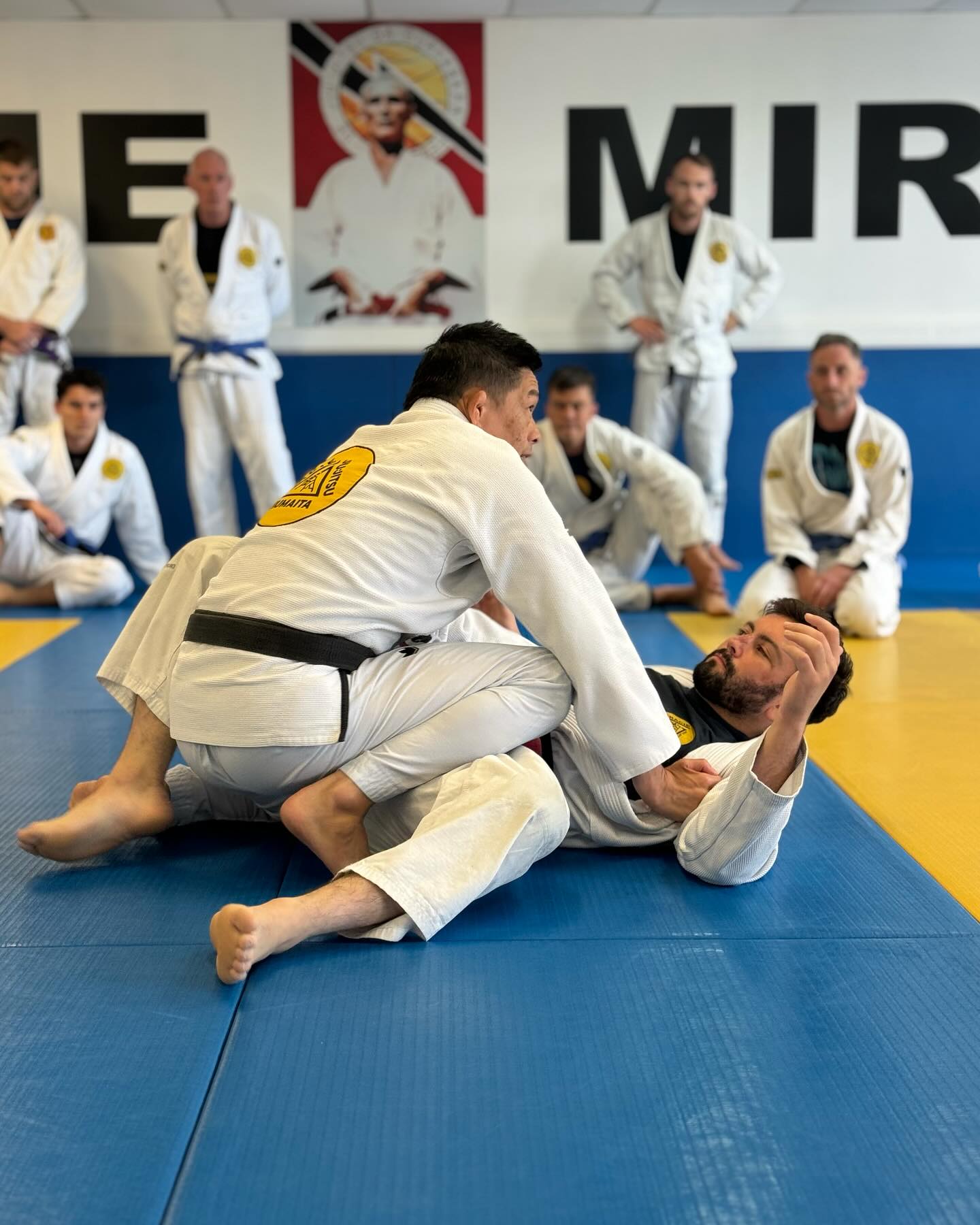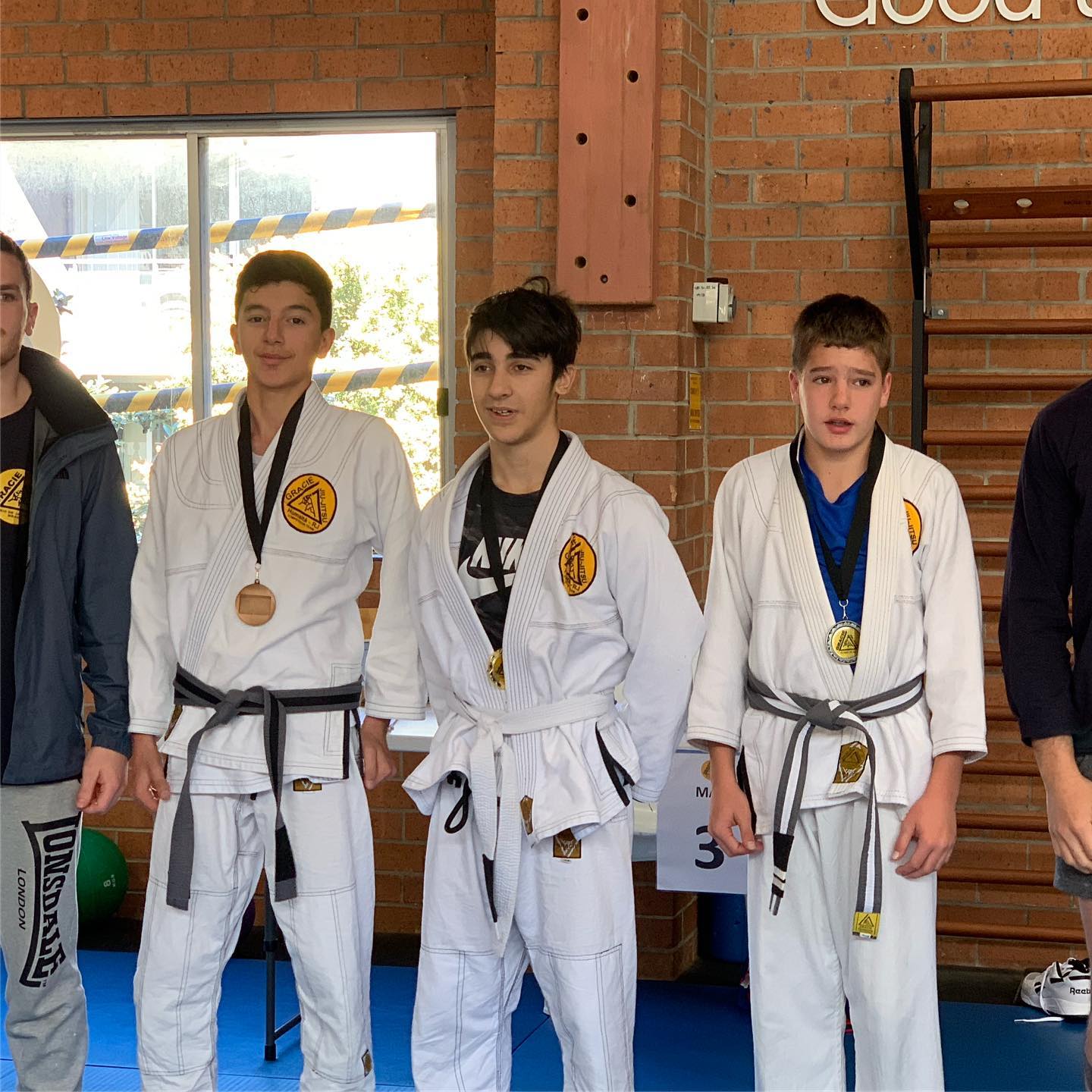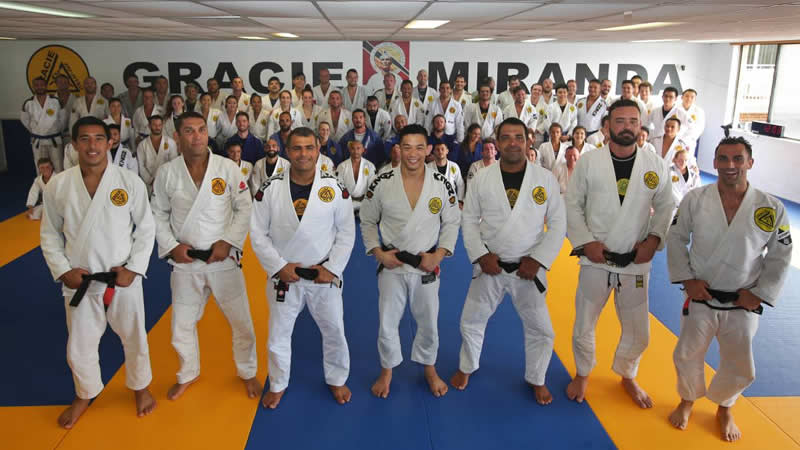School holidays are fast approaching, which means kids will have plenty of time to explore new hobbies and activities. If you haven’t already, consider signing your child up to martial arts classes.
Martial arts like Brazilian Jiu-Jitsu are fantastic options for children of almost any age. It keeps kids active, which is great for health and fitness. Just as importantly though, they learn self-defence skills that are valuable for life. It’s also a great social atmosphere to make new friends. Martial arts mats have it all!
Gracie Miranda is a BJJ academy located in the Sutherland Shire. We offer classes for kids aged dive and up every day of the week. These classes are separated into two groups: Children aged 5-8, and children 9-14.
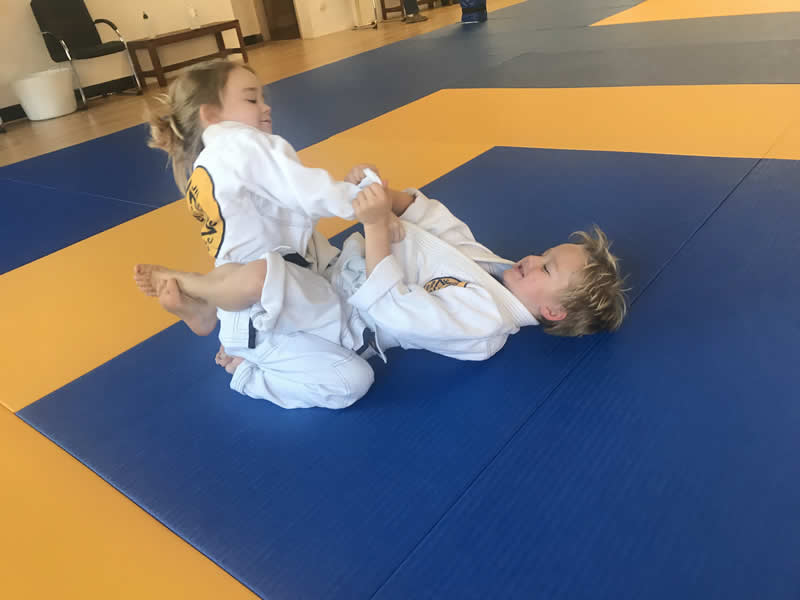
Hold on, what’s Jiu-Jitsu again?
Martial arts can look very similar if you’re not familiar with them all. Like many other arts, Brazilian Jiu-Jitsu will have your child put on a gi before they get on the mats. That’s where BJJ’s similarities to most other martial arts begins and ends!
Jiu-Jitsu is a grappling martial art that predominantly takes place on the ground. That makes it much different than disciplines like Karate, Kung-Fu and Taekwondo, all of which you’ve surely heard of. Those arts all focus on striking, and have no wrestling component. BJJ is the exact opposite.
Jiu-Jitsu is more similar to wrestling, which is popular in the US and Eastern Europe, and the Japanese art of Judo. It started in the 1920s when the Gracie family modified Judo techniques so they could be used by smaller practitioners on bigger, heavier ones.
This quote from BJJ founder Helio Gracie sums up why it’s the perfect martial art for kids: “Jiu-Jitsu is for the protection of the individual, the older man, the weak, the child, the lady and the young woman – anyone who doesn’t have the physical attributes to defend themselves.”
Is BJJ safe for kids?
BJJ is all about taking an opponent to the ground, assuming a dominant position and applying a submission hold. The only part of this sequence that can be dangerous is the takedown part. These skills are typically only taught to older practitioners in smaller classes so as to reduce the risk of people falling atop each other.
No striking means the risk of head injury is drastically reduced. Jiu-Jitsu also has a heavy practical element: Because the injury risk is relatively low, practiced kids are able to spar at high intensity. This allows self-defence techniques to be practiced against resisting opponents.
At Gracie Miranda, we take safety as our number one concern – especially for the kids classes. This is reflected in the way we teach children. Young kids are taught Jiu-Jitsu techniques through games and fun activities, rather than serious training. As they get older, the training becomes more explicit and taught less through the prism of games. Once kids are either old or comfortable enough on the mats, we begin teaching raw Jiu-Jitsu.
In short, we make sure kids are always comfortable and learning at the right pace.
What’s the right age to start my kid?
As a general rule, we say that 5-years-old is the right age for most kids to start training Jiu-Jitsu. With that said, not every child is different. Some younger kids are comfortable enough to start a bit early, and others may take a bit longer. In either case, feel free to come into Gracie Miranda and talk to our coaches for a more thorough assessment.
Preteens and teenagers are at the perfect age to start martial art classes, too. At this age they’re coordinated enough to start learning more intricate BJJ technique, technique they can retain and hone as they become an adult.
Jiu-Jitsu is a martial art people train for life. Helio Gracie was famous for training well into his 90s. Ask any adult who’s been training for a few years and they’ll tell you they wish they started earlier. It’s a complicated martial art that can take over a decade to truly learn, but the learning process is deeply satisfying.
If you’re in the Sutherland Shire and considering signing your child up for BJJ, come into Gracie Miranda for a free trial class.
